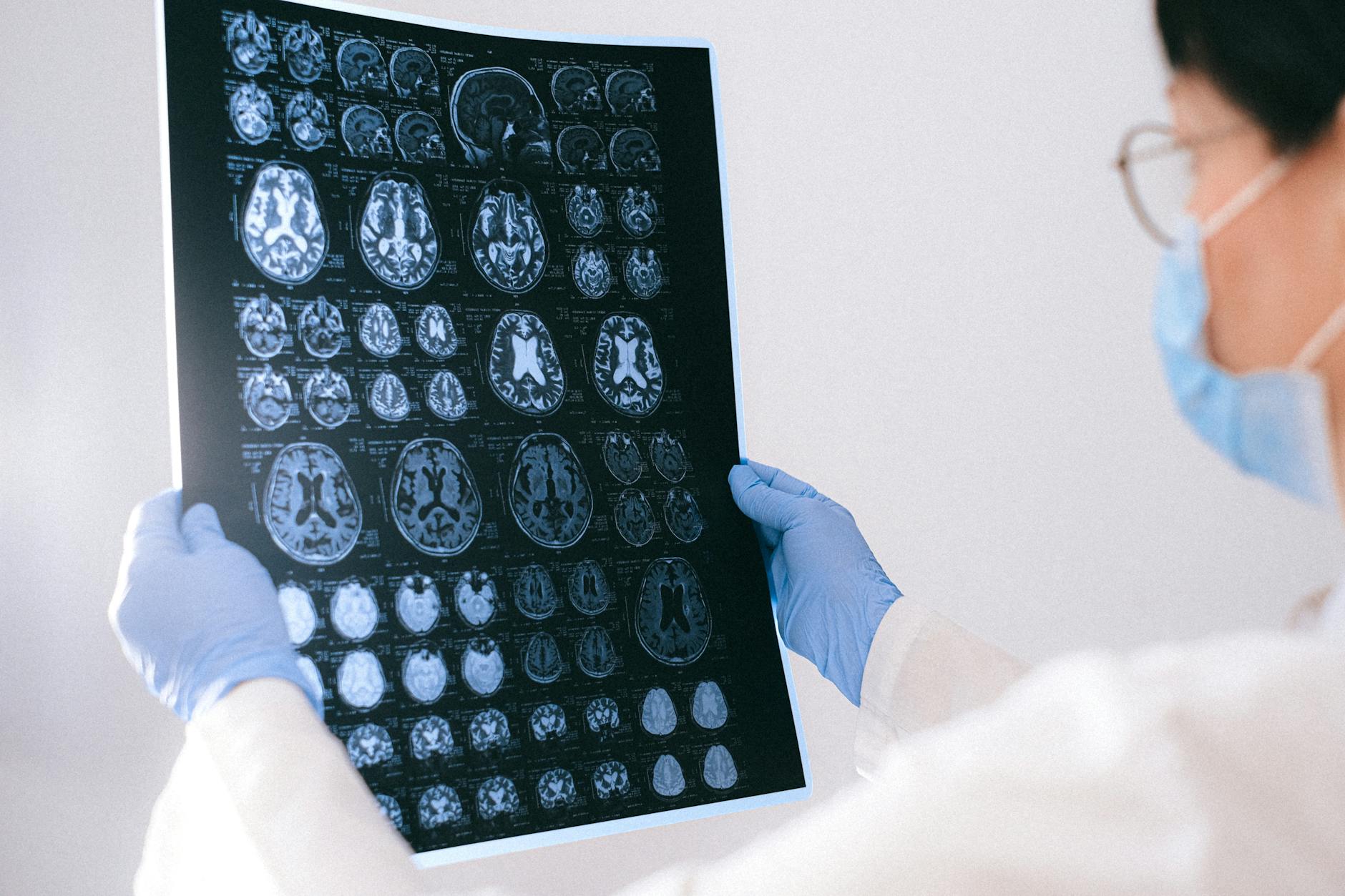Delve into the intricate world of Parkinson’s disease with this comprehensive guide – uncovering its hidden mysteries and implications.
Table of Contents
Welcome to our comprehensive guide on common health conditions that people may encounter in their daily lives. In this blog post, we will explore a range of conditions, from gastrointestinal issues to autoimmune disorders, and provide insights into their symptoms, treatments, and management strategies. Let’s delve into the world of health and wellness together.
Crohn’s Disease
Crohn’s Disease is a chronic inflammatory bowel condition that can cause abdominal pain, diarrhea, fatigue, and weight loss. While there is no cure for Crohn’s Disease, various treatment options are available, including medications, lifestyle changes, and in severe cases, surgery. It is essential for individuals with Crohn’s Disease to work closely with their healthcare providers to manage their symptoms effectively and improve their quality of life.
Cold Sore
Cold sores are caused by the herpes simplex virus and are characterized by painful blisters around the mouth. To treat a cold sore, over-the-counter creams and ointments can help reduce symptoms and promote healing. It is also crucial to avoid touching or picking at the sore to prevent infection. Maintaining good hygiene practices and managing stress levels can also help prevent cold sores from recurring.
Lyme Disease
Lyme Disease is a tick-borne illness that can cause flu-like symptoms, fatigue, joint pain, and in severe cases, neurological problems. Early detection and treatment are crucial in managing Lyme Disease effectively. Treatment typically involves antibiotics and supportive care to alleviate symptoms. Preventing tick bites by wearing protective clothing and using insect repellent when outdoors can reduce the risk of contracting Lyme Disease.
Bacterial Vaginosis and Yeast Infection
Bacterial Vaginosis and Yeast Infections are common vaginal infections that can cause itching, burning, and abnormal discharge. While bacterial vaginosis is treated with antibiotics, yeast infections can be managed with antifungal medications. Maintaining good hygiene practices, wearing breathable clothing, and avoiding scented products in the genital area can help prevent these infections from occurring.
Rheumatoid Arthritis
Rheumatoid Arthritis is an autoimmune disorder that causes inflammation in the joints, leading to pain, swelling, stiffness, and decreased mobility. Treatment options for Rheumatoid Arthritis include medications, physical therapy, and lifestyle modifications. It is essential for individuals with Rheumatoid Arthritis to work closely with their healthcare team to develop a comprehensive treatment plan that addresses their unique needs and improves their overall well-being.
| Chapter | Topic | Page Number |
|---|---|---|
| 1 | What is Parkinson’s Disease? | 1-10 |
| 2 | Causes and Risk Factors | 11-20 |
| 3 | Symptoms and Diagnosis | 21-30 |
| 4 | Treatment Options | 31-40 |
| 5 | Living with Parkinson’s | 41-50 |
Mental Health
Mental health is a vital component of overall well-being, and conditions such as anxiety, depression, and PTSD can have a significant impact on one’s quality of life. Seeking professional help, practicing self-care strategies, and engaging in activities that bring joy and fulfillment can help support mental health. It is essential for individuals to prioritize their mental well-being and seek assistance when needed.
Parkinson’s Disease
Parkinson’s Disease is a neurodegenerative disorder that affects movement, coordination, and balance. While there is no cure for Parkinson’s Disease, medications, physical therapy, and lifestyle adjustments can help manage symptoms and improve quality of life. It is crucial for individuals with Parkinson’s Disease to work closely with their healthcare team to develop a personalized treatment plan that addresses their unique needs and challenges.
Conclusion
As we have explored various common health conditions in this guide, it is essential to prioritize our health and well-being by staying informed, seeking medical advice when needed, and implementing preventative measures to safeguard our overall health. Remember that each individual’s health journey is unique, and working closely with healthcare providers can help navigate through challenges and promote a healthy and fulfilling life.
Frequently Asked Questions
Question 1: What are the common symptoms of Parkinson’s Disease?
Answer 1: Common symptoms of Parkinson’s Disease include tremors, stiffness, slow movement, and balance issues. It can also cause changes in speech and writing, as well as cognitive and emotional changes.
Question 2: Is there a cure for Parkinson’s Disease?
Answer 2: Currently, there is no cure for Parkinson’s Disease. However, treatments such as medications, therapy, and lifestyle adjustments can help manage symptoms and improve quality of life.
Question 3: How can I support a loved one with Parkinson’s Disease?
Answer 3: Supporting a loved one with Parkinson’s Disease involves listening, offering emotional support, helping with daily tasks, and encouraging them to stay engaged in activities they enjoy.
Question 4: What are some resources for learning more about Parkinson’s Disease?
Answer 4: There are various resources available, including websites such as the Parkinson’s Foundation, support groups, books, and healthcare providers who specialize in Parkinson’s Disease.





